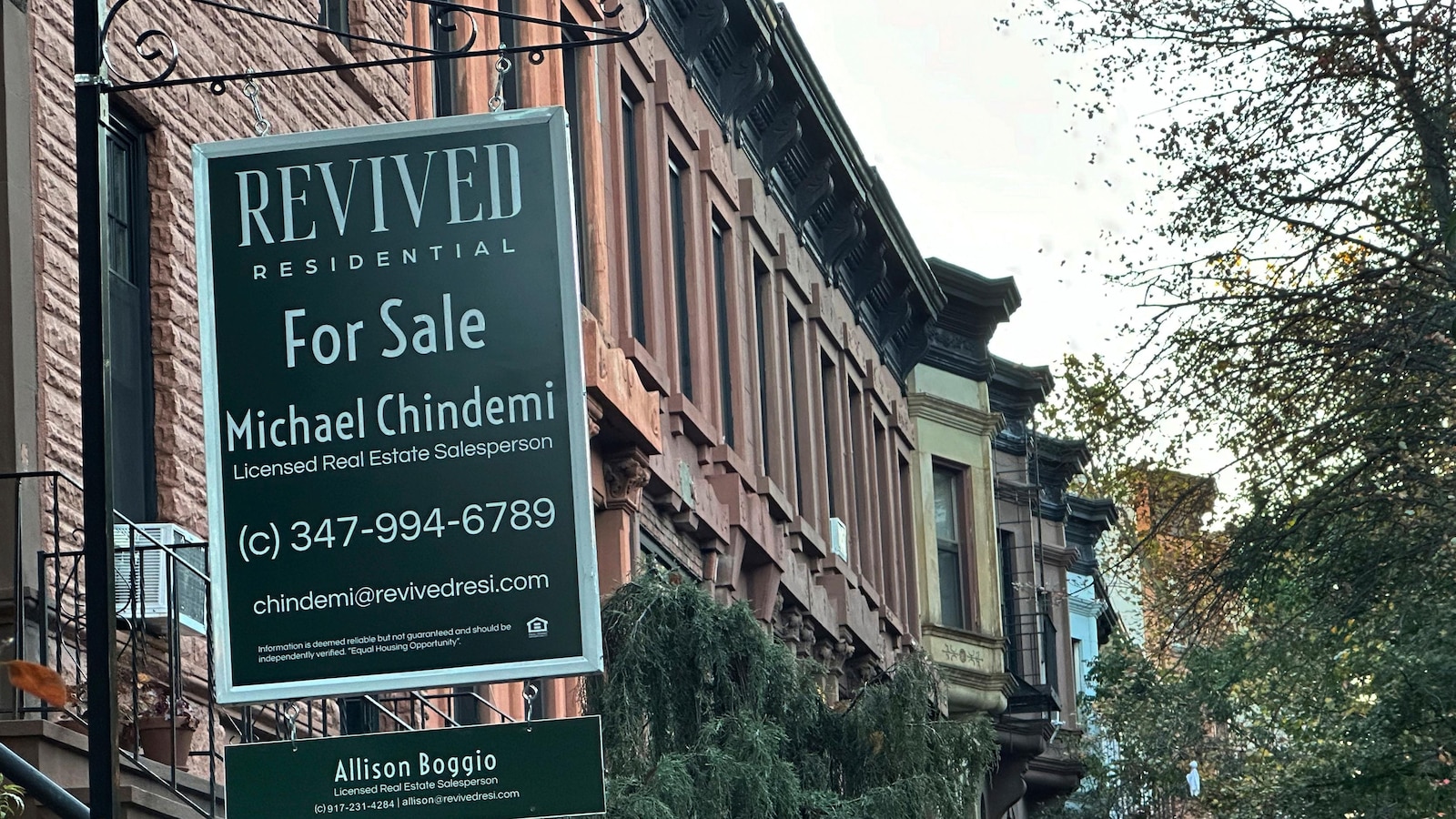The average rate on a 30-year mortgage in the U.S. edged closer to 7% this week as it climbed to its highest level since July.
The rate rose to 6.84% from 6.78% last week, mortgage buyer Freddie Mac said Thursday. That’s still down from a year ago, when the rate averaged 7.29%.
Borrowing costs on 15-year fixed-rate mortgages, popular with homeowners seeking to refinance their home loan to a lower rate, also ticked up this week. The average rate rose to 6.02% from 5.99% last week. A year ago, it averaged 6.67%, Freddie Mac said.
When mortgage rates increase they can add hundreds of dollars a month in costs for borrowers, reducing homebuyers’ purchasing power at a time when home prices remain near all-time highs, even though U.S. home sales are on track for their worst year since 1995.
While the average rate on a 30-year mortgage fell to a two-year low of 6.08% in late September, it’s been mostly rising since then, echoing moves in the 10-year Treasury yield, which lenders use as a guide to pricing home loans.
The yield, which has mostly hovered around 4.4% since last week and was below 3.70% in September, has been rising in recent weeks following mixed reports on inflation and the economy. It also surged after the presidential election, reflecting expectations among investors that President-elect Donald Trump’s proposed economic policies may widen the federal deficit and crank up inflation.
The average rate on a 30-year home loan hasn’t been this high since July 11, when it was 6.89%. Despite its latest uptick, the average rate is still down from 7.22% in May, its peak so far this year.
Economists predict that mortgage rates will remain volatile this year, but generally forecast them to hover around 6% in 2025.

